“I’m free! I’m free!”Screenshot: Walt Disney Pictures
For the first time in twenty years, as the Atlantic points out, a whole year’s worth of copyrighted works will enter the public domain in the U.S. on January 1, 2019.
Under the terms of the Sonny Bono Copyright Act, works first published in 1923 have entered the public domain, meaning anyone can re-publish them, or chop them up and use them in other projects, without asking permission or paying the old rights holders. You can record new versions of the musical compositions; you can show the movies for a profit; you can even remake them. Amazon can sell you the ebook and keep all the money, and Project Gutenberg can give you the ebook for free. The Atlantic has a short list; we have a longer one below.
You can even make new copyrighted works based on the old works – the way Disney made all its cartoons based on public-domain fairy tales – and people can’t copy any of the new parts you include. (That’s why anyone can make movie about the fairy tale of Snow White and the Seven Dwarves, but only Disney can make new things where the dwarves are named Grumpy, Sleepy, Sneezy, Dopey, Happy, Bashful, and Doc.)
Speaking of Disney, they’re the ones who lobbied for such long copyright terms, because in 1998 Mickey Mouse’s first appearance (in the 1928 cartoon Steamboat Willie) was close to losing its copyright. But after the Sonny Bono Act, Now that first Mickey Mouse appearance will enter the public domain in 2024. Walt Disney had just started his company in 1923, but they hadn’t produced anything major. So we won’t get any free Disney stuff in January.
But here’s what we will get:
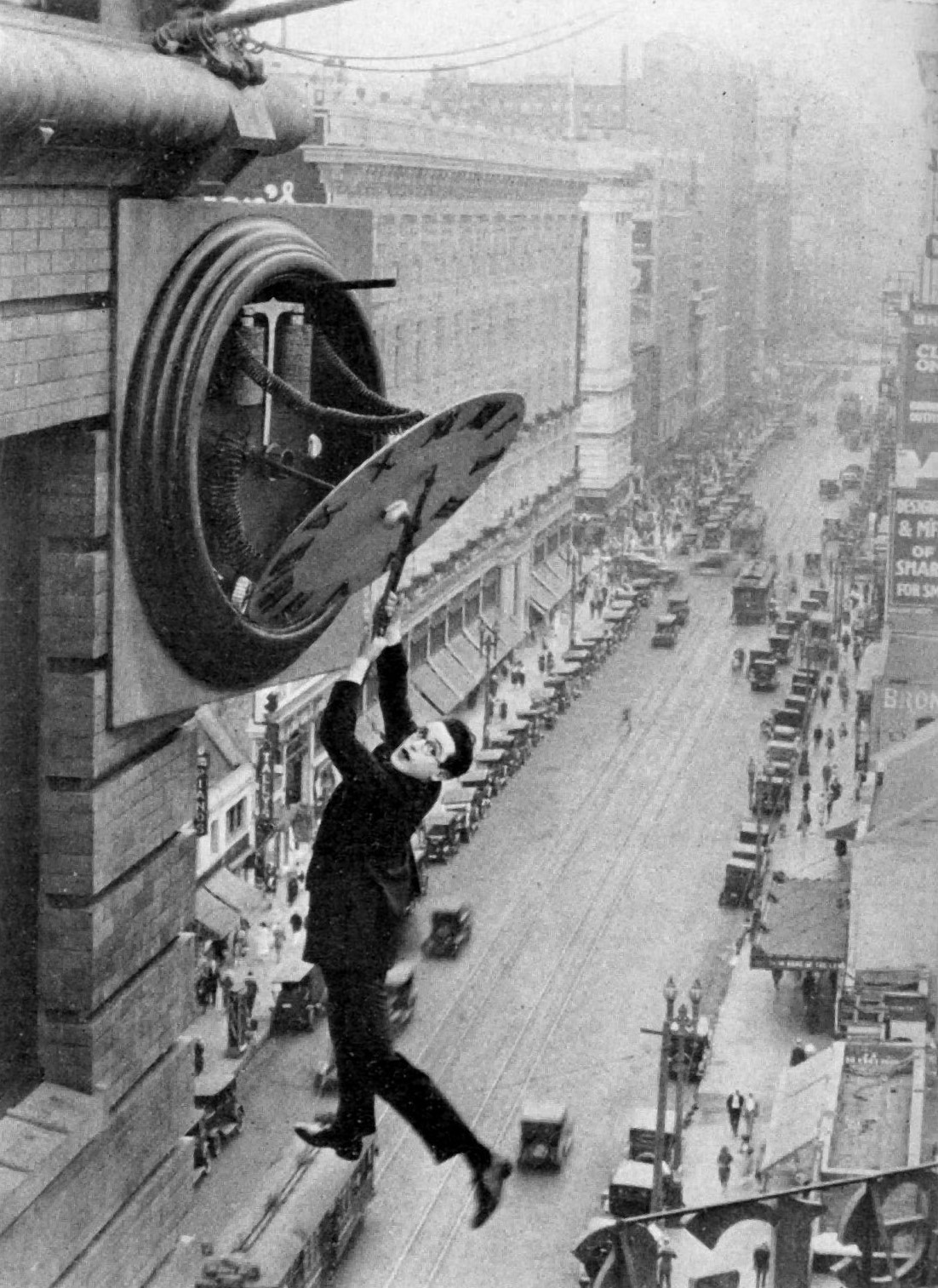
Safety Last!Screenshot: Hal Roach Studios
Movies
All these movies, including:
- Cecil B. DeMille’s The Ten Commandments
- Harold Lloyd’s Safety Last!, including that scene where he dangles off a clock tower, and his Why Worry?
- A long line-up of feature-length silent films, including Buster Keaton’s Our Hospitality and Charlie Chaplin’s The Pilgrim
- Short films by Chaplin, Keaton, Laurel and Hardy, and Our Gang (later Little Rascals)
- Cartoons including Felix the Cat (the character first appeared in a 1919 cartoon)
- Marlene Dietrich’s film debut, a bit part in the German silent comedy The Little Napoleon; also the debuts of Douglas Fairbanks Jr. and Fay Wray
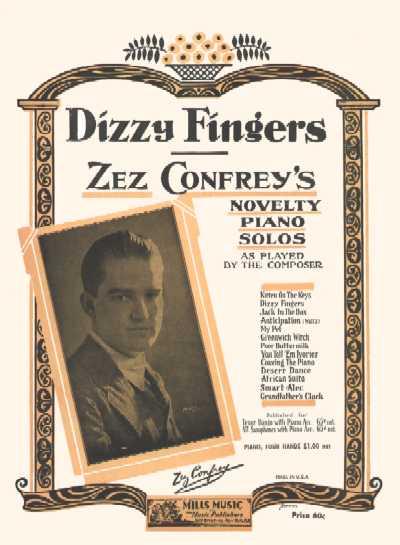
“Dizzy Fingers”Image: Mills Music
Music
All this music, including these classics:
- “King Porter Stomp”
- “Who’s Sorry Now?”
- “Tin Roof Blues”
- “That Old Gang of Mine”
- “Yes! We Have No Bananas”
- “I Cried for You”
- “The Charleston” — written to accompany, and a big factor in the popularity of, the Charleston dance
- Igor Stravinsky’s “Octet for Wind Instruments”
And these songs I picked purely based on their titles:
- “Back To Croa-Jingo-Long”
- “I’m Sitting Pretty In A Pretty Little City”
- “Come On, Spark Plug!”
- “Dizzy Fingers”
- “I’ve Got The Yes! We Have No Bananas Blues”
- “When It’s Night-Time In Italy, It’s Wednesday Over Here”
- “Oh Gee Oh Gosh Oh Golly I’m In Love”
- “Old King Tut”
- “Horsey, Keep Your Tail Up”
Note that these are published songbooks, not recordings, meaning you can record a cover version without permission or payment, but you can’t just steal any post-1923 recording. So Connie Francis’s version of “Who’s Sorry Now?” is still under copyright.
Even worse, rights over music recorded until 1972 is governed by state law, and if its copyright was registered and renewed, it doesn’t automatically enter the public domain until 2067.
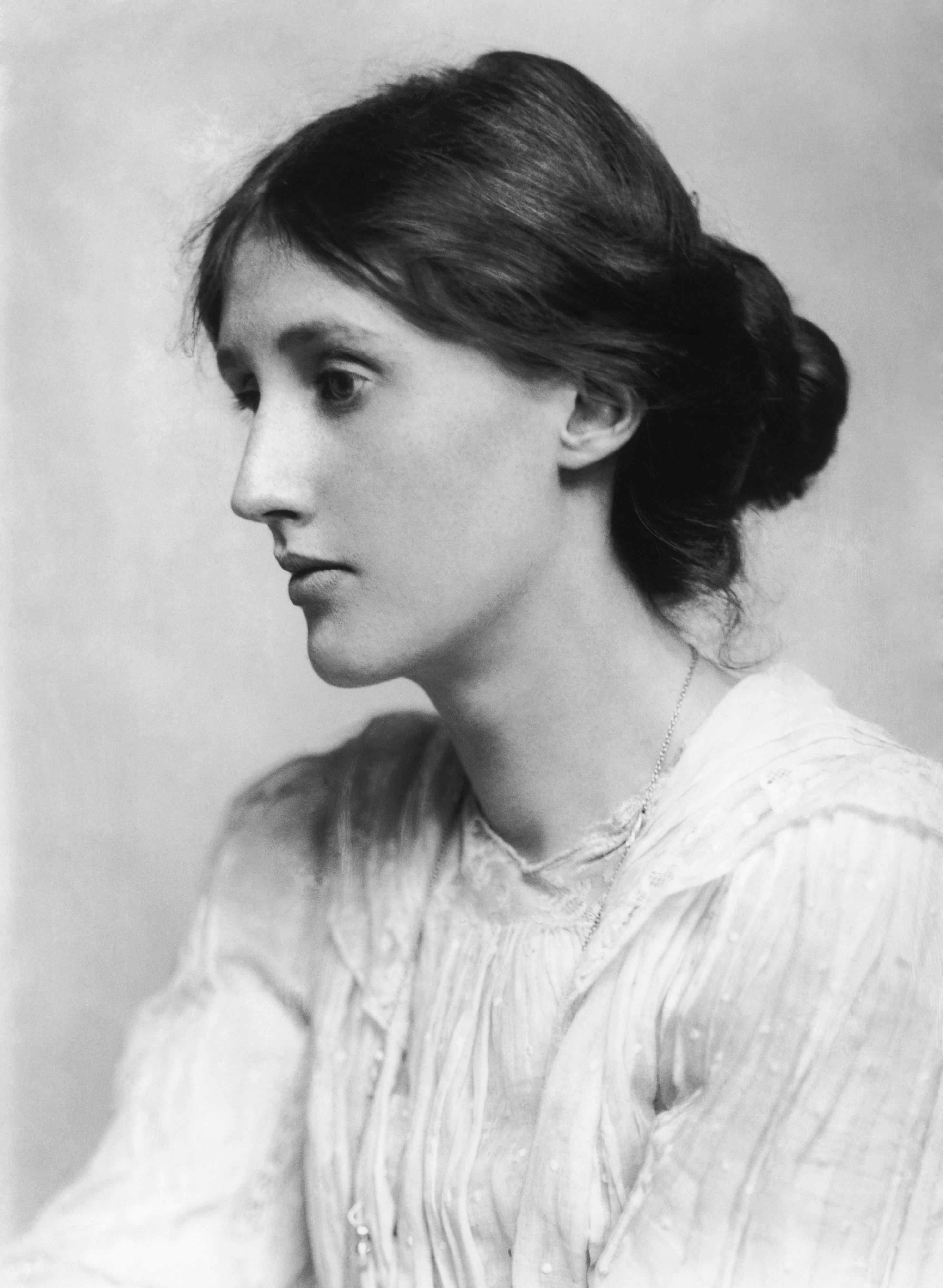
Virginia WoolfPhoto: George Charles Beresford
Literature
This is the real good shit. All these books, and these books, including the classics:
- Mrs. Dalloway by Virginia Woolf
- Cane by Jean Toomer
- The Prophet by Kahlil Gibran
- Bambi by Felix Salten, illustrated by Barbara Cooney — the source of Disney’s animated film, and the first in a series
- The Ego and the Id by Sigmund Freud
- Towards a New Architecture by Le Corbusier
- Whose Body?, the first Lord Peter Wimsey novel by Dorothy L. Sayers
- Emily of New Moon, the first book of L.M. Montgomery’s Emily trilogy
- The Inimitable Jeeves and Leave it to Psmith by P.G. Wodehouse
- Two of Agatha Christie’s Hercule Poirot novels, The Murder of Roger Ackroyd and The Murder on the Links
- The Prisoner, volume 5 of Marcel Proust’s In Search of Lost Time (note that English translations have their own copyrights)
- The Complete Works of Anthony Trollope
- George Bernard Shaw’s play Saint Joan
- Short stories by Christie, Virginia Woolf, H.P. Lovecraft, Katherine Mansfield, and Ernest Hemingway
- Poetry by Edna St. Vincent Millay, E.E. Cummings, William Carlos Williams, Rainer Maria Rilke, Wallace Stevens, Robert Frost, Sukumar Ray, and Pablo Neruda
- Works by Jane Austen, D.H. Lawrence, Edith Wharton, Jorge Luis Borges, Mikhail Bulgakov, Jean Cocteau, Italo Svevo, Aldous Huxley, Winston Churchill, G.K. Chesterton, Maria Montessori, Lu Xun, Joseph Conrad, Zane Grey, H.G. Wells, and Edgar Rice Burroughs
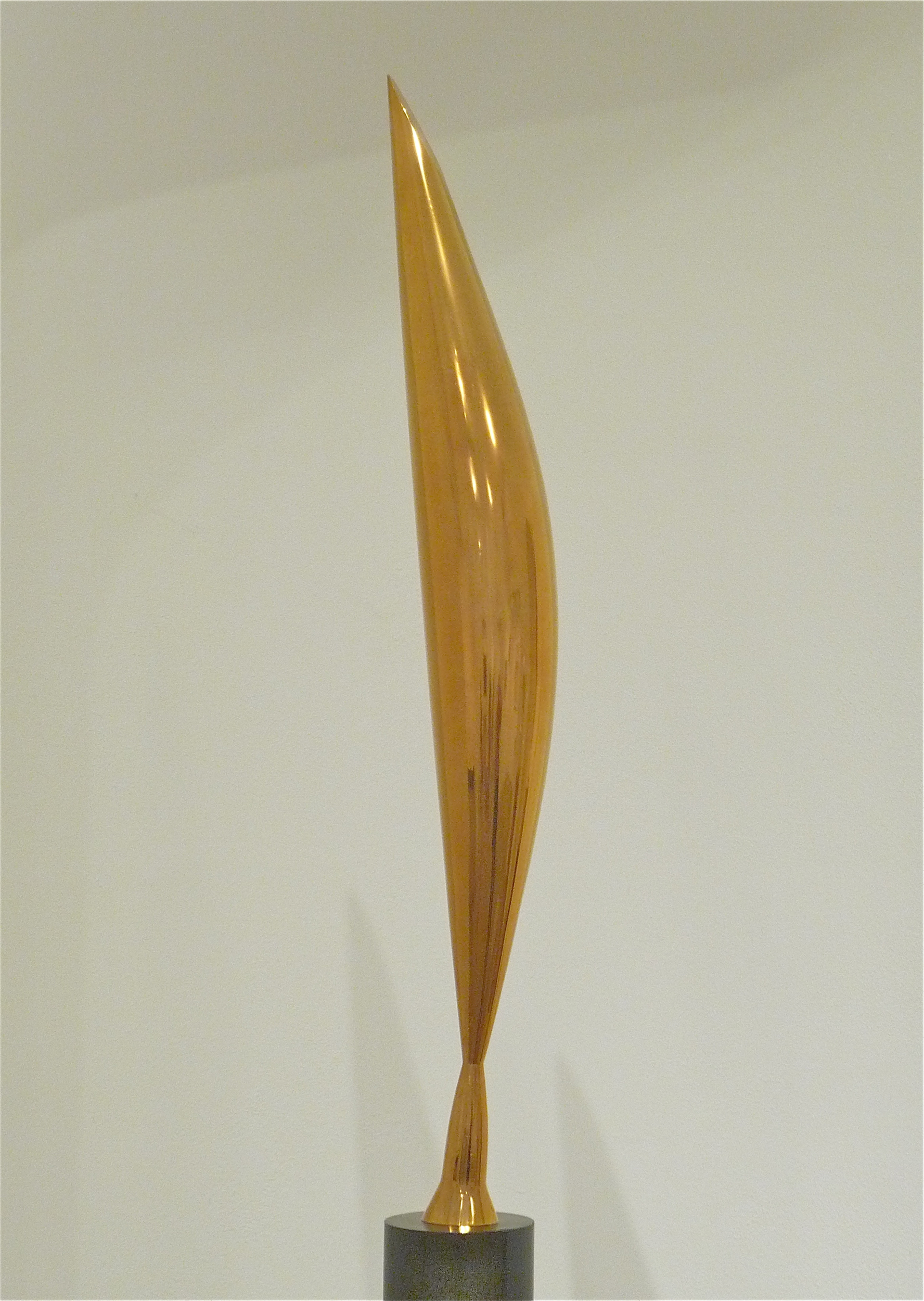
Brancusi’s Bird in Space Photo: Art Poskanzer
Art
These artworks, including:
- Constantin Brâncuși’s Bird in Space
- Henri Matisse’s Odalisque With Raised Arms
- Marcel Duchamp’s The Bride Stripped Bare By Her Bachelors, Even (The Large Glass)
- Yokoyama Taikan’s Metempsychosis
- Work by M. C. Escher, Pablo Picasso, Wassily Kandinsky, Max Ernst, and Man Ray
Many 1923 works, like the blockbuster film The Hunchback of Notre Dame, are already in the public domain, as the owners failed to renew their copyrights. Until 1963, a rightsholder had to manually renew their copyright after 28 years.
According to the LibraryLaw Blog, not everything published in 1923 will be public domain; only works with an authorised publication in 1923.
The distinction came up in the legal fight over the rights to “Happy Birthday to You,” whose current owners maintained that the song had only been published by unauthorised sources, without the permission of the original owners. (The bad song was eventually ruled public domain for other reasons.)
So if you’re worried about litigious rightsholders, make sure the 1923 publication isn’t considered some stolen unauthorised version.
Remember, the works above only lose their copyright on January 1, 2019. Double-check before you use anything listed above, and watch out for all the many ways that works can enter, or not enter, the public domain. Remember that certain uses of copyrighted works are protected as fair use. And check out the many existing collections of already rights-free works, and freely available copyrighted works.
A Landslide of Classic Art Is About to Enter the Public Domain [The Atlantic]
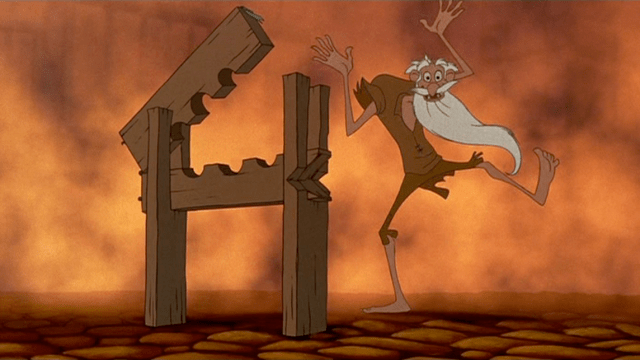
Comments
3 responses to “These 1923 Copyrighted Works Have Entered The Public Domain”
The world must unite in mass and stop the filthy greed of copyright!
Copyright is fine.
Companies exploiting it for greed is not.
Copyright is an important thing to make sure people can protect their creations.
Correct. copyright is a good, but the point of copyright is to increase innovation to eventually swell what is in the public domain. Disney and co constantly lobbying to extend copyright is bad because it prevents the public domain from growing.
And Australia doesn’t follow US copyright laws and ours is generally life of the author + 70 years.
Minor correction:
Mickey Mouse had his first appearance in “Plane Crazy” in 1928. Steamboat Willie was his first publically distributed film with sound.